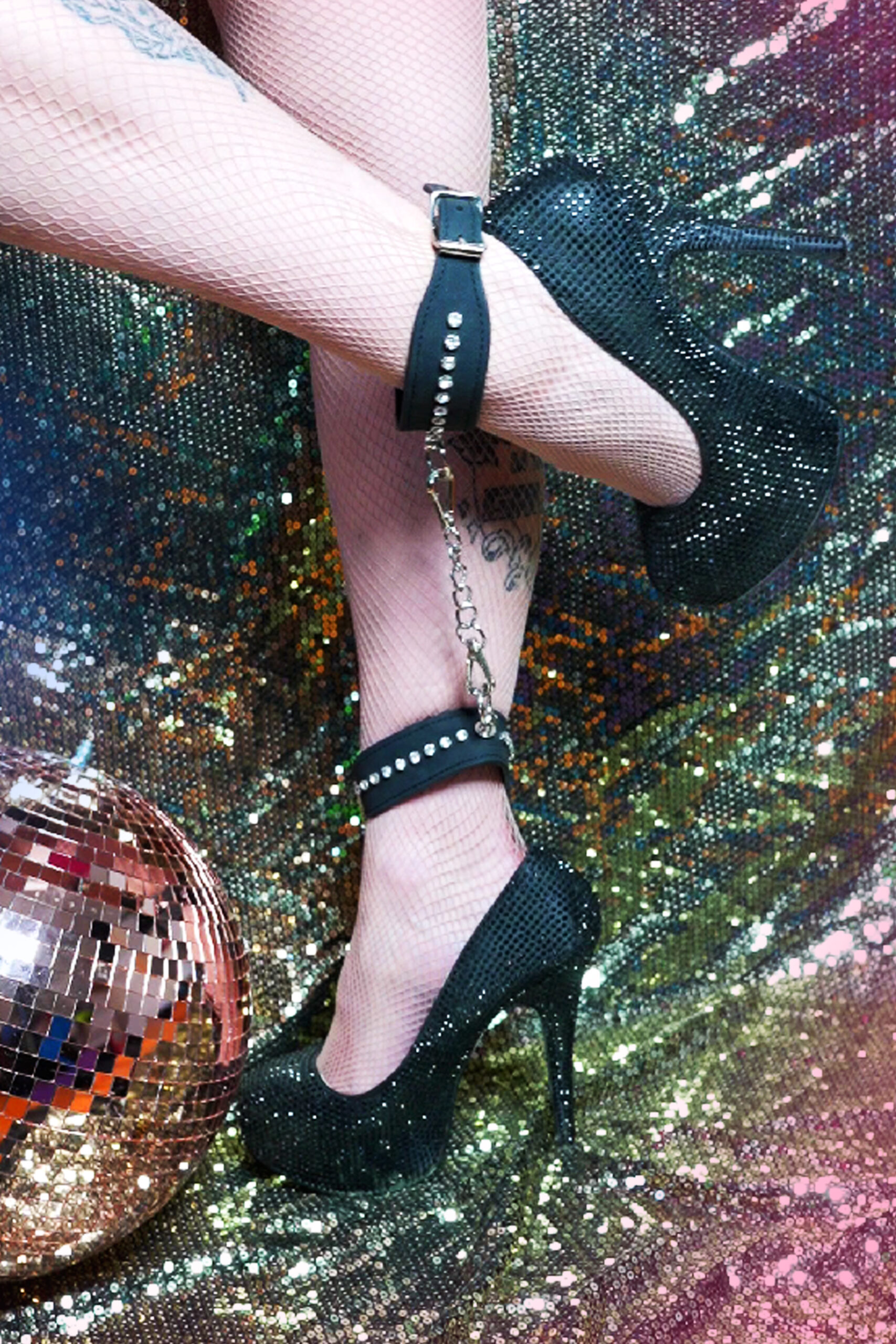Impact on Language
Language, a dynamic reflection of society, constantly evolves to encompass new ideas and experiences. One such evolution is unfolding as non-binary identities gain wider recognition and acceptance. Traditional language, rooted in binary concepts of male and female, is being challenged by the emergence of terms and pronouns that reflect the diverse spectrum of gender identities.
Evolution of Pronouns
This linguistic shift signifies a crucial step towards inclusivity and representation for non-binary individuals. The adoption of gender-neutral pronouns like “they/them” has expanded the linguistic landscape, acknowledging that gender identity is not always confined to the male/female dichotomy.
This evolution reflects a deeper societal transformation, where rigid gender norms are being challenged and a more fluid understanding of gender identity is emerging. Language, as a living entity, adapts to these changes, serving as a powerful tool for social progress and fostering a more inclusive environment for all.
Reclaiming Gendered Terms
The use of traditionally gendered terms, such as “chairman” or “fireman,” can inadvertently exclude individuals who identify outside the male/female binary. This linguistic exclusion can reinforce societal biases and make non-binary individuals feel marginalized. Reclaiming these terms, by using them in an inclusive way that encompasses all genders, can be a powerful act of resistance against these harmful norms.
For example, instead of “fireman,” one might use “firefighter” to acknowledge the diverse range of people who work in this profession. Similarly, “chairperson” or “co-chair” offer gender-neutral alternatives to “chairman.” By making these conscious choices in language, individuals can contribute to a more equitable and inclusive society.

Shifting Societal Norms
Language is constantly evolving, reflecting the changing values and understandings of society. One significant shift is the growing recognition of non-binary identities, challenging traditional notions of gender that are often confined to male and female categories. This linguistic evolution encompasses the adoption of gender-neutral pronouns like “they/them” and a broader awareness of the diverse spectrum of gender identities.
Challenging Binary Categories
The use of gendered language can often perpetuate harmful stereotypes and exclusion.
- One way to challenge these norms is by consciously choosing inclusive language that avoids gendered assumptions.
- For example, instead of using terms like “ladies and gentlemen,” consider using “everyone” or “folks.”
- Another important aspect is being mindful of the pronouns individuals use to identify themselves. Respecting someone’s chosen pronouns is crucial for creating an inclusive environment.
Expanding Definitions of Masculinity and Femininity
The traditional view of gender, often confined to male and female categories, is undergoing a significant transformation as societies grapple with the realities of non-binary identities. Non-binary individuals identify outside the confines of these binary labels, challenging the assumption that gender exists on a simple spectrum.
This shift has profound implications for language, demanding a move beyond the rigid confines of traditionally gendered terms. The increasing use of gender-neutral pronouns such as “they/them” reflects this evolution, acknowledging the fluidity and diversity of gender identity.
Moreover, the expansion of definitions of masculinity and femininity is leading to a deconstruction of long-held stereotypes associated with each gender. Individuals are increasingly free to express themselves in ways that align with their own identities, regardless of societal expectations. This shift empowers individuals to embrace authenticity and challenge traditional notions of what it means to be masculine or feminine.
Legal and Social Recognition
The traditional understanding of gender, rooted in binary concepts of male and female, is being challenged by the growing recognition of non-binary identities. This evolving understanding requires a re-examination of language, pushing beyond rigid gendered terms and embracing a more inclusive vocabulary that reflects the spectrum of human experiences.
Challenges to Legal Frameworks
Legal frameworks traditionally rely on binary classifications of sex and gender, often assuming individuals identify as either male or female. This binary structure can pose significant challenges for non-binary individuals seeking legal recognition and protection.
Many legal documents, including birth certificates, driver’s licenses, and passports, require individuals to select a binary gender option, leaving non-binary individuals with limited choices that may not accurately reflect their identities.
This lack of legal recognition can have far-reaching consequences. It can lead to difficulties accessing healthcare, changing legal documents to match one’s gender identity, and experiencing discrimination in various aspects of life.
Recognizing the need for change, some jurisdictions are beginning to introduce non-binary gender markers on legal documents, allowing individuals to select an option that aligns with their gender identity.
This shift towards inclusivity is crucial for ensuring that all individuals have equal access to legal rights and protections, regardless of their gender identity.
Furthermore, legal frameworks need to address issues related to discrimination based on gender identity. Anti-discrimination laws should explicitly protect non-binary individuals from prejudice and exclusion in areas such as employment, housing, and public accommodations.
Progress in Advocacy and Legislation
Social recognition of non-binary identities has been steadily increasing, driven by greater visibility, advocacy efforts, and a shift in societal attitudes.
Advocacy groups have played a crucial role in raising awareness about the experiences of non-binary individuals and pushing for legal and social changes.
Through campaigns, educational initiatives, and public discourse, they have helped to challenge misconceptions and foster understanding.
Legislative progress has also been made in some areas. Some countries and jurisdictions have introduced laws prohibiting discrimination based on gender identity, providing legal protections for non-binary individuals.
Others are working to update legal documents and processes to allow for gender recognition that extends beyond the binary categories of male and female.
However, significant challenges remain.
Impact on Art and Culture
The evolution of language reflects changing societal values, and one notable shift is the growing recognition of non-binary identities. This challenge to traditional notions of gender, often confined to male and female categories, necessitates a broader understanding of gender expression and identity.
Representation in Media and Literature
Language, as a dynamic reflection of society, is constantly evolving to encompass new ideas and experiences. The increasing visibility and acceptance of non-binary identities has brought about a significant shift in language, challenging traditional binary concepts of gender.
Representation in media and literature has traditionally been dominated by male and female characters, reinforcing the notion of gender as a binary construct. However, there is a growing movement to diversify representation and portray non-binary characters authentically.
This increased visibility can help challenge stereotypes and foster empathy and understanding for non-binary individuals.
The arts have also been impacted by the recognition of non-binary identities. Artists are exploring themes of gender fluidity and identity in their work, pushing boundaries and expanding our understanding of what it means to be human.
Performance art, visual arts, and music are all mediums that are increasingly embracing non-binary perspectives.

Non-binary representation in media and literature is crucial for creating a more inclusive and equitable society. It allows non-binary individuals to see themselves reflected in the world around them, fostering a sense of belonging and validation.
Furthermore, it helps educate the wider public about the experiences of non-binary people, challenging stereotypes and promoting understanding.
New Forms of Artistic Expression

The rise of non-binary identities is prompting a reassessment of traditional artistic expressions. Art, often reflecting the social landscape, is evolving to encompass this new spectrum of gender identities.
Visual art is exploring themes of fluidity and ambiguity, challenging the conventional binary representations of gender. Non-binary artists are pushing boundaries with their work, creating pieces that defy traditional notions of masculinity and femininity.
Performance art provides a platform for non-binary individuals to express themselves in unconventional ways, often deconstructing gender norms through movement, sound, and interactive experiences.
Music is also undergoing a transformation, with musicians embracing gender-neutral pronouns and exploring themes of identity and self-expression. The genre of “queercore” music, for example, has emerged as a powerful expression of non-binary experiences.
100 kinks
Apples and Pears Co
La Ferme de Ladroit
- The Best Kratom Gummies For Relaxation And Calmness - December 7, 2025
- The Benefits Of CBD Gummy Edibles For Chronic Pain - December 6, 2025
- THC Seltzers To Try Before Your Next Concert - December 4, 2025
